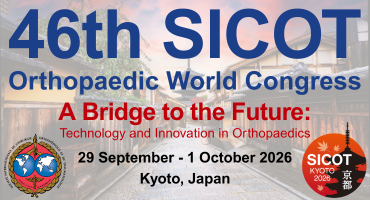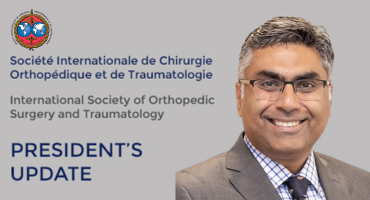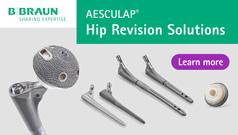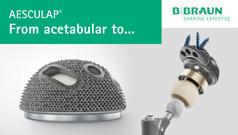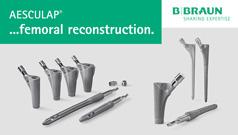Update in Orthopaedics
Biomechanical characteristics of load distribution on different parts of the foot in congenital recurrent clubfoot
А. Zarovskaya, V. Bradko, O. Sakalouski, H. Bradko, O. Vasko
Proceedings of the National Academy of Sciences of Belarus, Medical series 2016. – No 1. – P.39-43.
http://vestimed.belnauka.by/jour/article/view/286/286
Abstract
The aim of the study was to evaluate load distribution on the various parts of the foot in congenital recurrent clubfoot.
Biomechanical parameters of the foot were studied in 25 patients aged 7-10 with bilateral congenital recurrent clubfoot. Five groups of patients were allocated depending on the type of deformity. Biomechanical parameters of the foot in static conditions were studied on the complex MatSсan (“Tekscan Inc.”, USA). There were 5 investigational groups and one control group.
In the control group (5), without clinical signs of the disease, the weight of the body between the feet and the percentage of load distribution on the front and the rear sections of the foot were distributed approximately evenly, and accounted for respectively 44% and 56%. The primary burden fell on the back part of the foot and lateral part of the middle and anterior divisions of the foot.
In the 1st group of patients (3) with a primary loading on the forefoot, contact area of rear foot was less than in control, of 2-5 times. The load on the forefoot reached 81%, and the load on the rear part of the foot was reduced to 18%. Power loads on the front and middle parts of the foot increased in 2-3 times. Peak contact pressure was increased in 4.3-4.5 times in the region of the 1st metatarsal bone and in the middle region of the foot.
In the 2nd group of patients (8), with a primary bearing on the rear part of the foot, the total contact area of the foot was less than 50% as compared to that in the control group. Preferential support had the rear part of the foot: contact area rearfoot was 25-50% more than the control, while the contact area forefoot was only 1.0% and 1.7% against 5.4–9.7% in control. The load on the forefoot was on average 27%, to the posterior – 73%. The greatest pressure had the lateral part of the posterior and middle divisions of the foot and was 2-3.6 times more than control values; the lowest peak contact pressure was observed in region 1, the 2-4th metatarsal bones and was below the reference values 3-6 times.
In the 3rd group of patients (7) with a flat foot, the total contact area was within the reference values, the body weight is distributed equally between the left and right legs. The contact area in the medial and lateral zones of the middle and rear part of the foot was more at least 1.5–3.5 times compared to control. The pressure force reduced in the projection of the forefoot and increased in the lateral part of the middle and posterior part in 1.5–2 times compared to control. Peak contact pressure increased in the projection of the lateral part of the middle division of the foot in 2 times in comparison with norm. The load on the forefoot has been reduced and amounted to an average of 33-39%, whereas on the rear part of the foot - 61-67%.
In the 4th group of patients (3) with a "bear" foot, an increase was observed of the contact area in the medial and lateral zones of the middle division of the foot, with decreased contact area of anterior and posterior parts of the foot. Accordingly, reduced power load on the front and the rear parts of the foot and in 1.4-4 times increased the burden on the middle division compared to control. Peak contact pressure in the midfoot was increased 2-5 times in comparison with the control.
In the 5th group of patients (4) with a "hollow" foot, there was almost no contact area in the midfoot, but the anterior and posterior parts of the foot were not significantly different from the control values, although there was a tendency towards its reduction in the projection of the 2-4 metatarsals. The power load in the region of the forefoot was reduced in 1.7-3 times, in the middle region – in 5-15 times compared with control and was not significantly different from the control values in the posterior part of the foot. Peak contact pressure in the projection of the 1st metatarsal bone was decreased in 2.5 times compared with the control; it was not significantly different from control in the posterior part of the foot and sharply reduced in the middle section of the foot. Maximum load (65-82%) was in the back part of the foot.
Congenital clubfoot is one of the most common congenital anomalies in children [1]. During the last decades, approaches to the treatment of congenital clubfoot in newborns have changed dramatically - the surgical treatment (complete or partial releases) has been replaced by well-known conservative methods. The method of conservative treatment proposed by Ponseti has become the gold standard in the primary treatment of this pathology. However, the problem of relapses is still relevant.
In this regard, the follow-up of patients with congenital clubfoot is extremely important and is the key point for achieving a good long-term functional result. In this article authors have tried to analyse the load distribution on different parts of the foot and to predict the need for and type of appropriate correction.
The data of biomechanical characteristics of paediatric patients with recurrent congenital clubfoot allowed assessing objectively the degree of load distribution on both feet and on different parts of the foot, to identify the altered areas with different types of deformation and to make their corresponding correction. To obtain statistically significant data, it is necessary to perform larger studies in future.
- Hee, H. T. Gait and pedobarographic patterns of surgically treated clubfeet / H. T. Hee, E. H. Lee, G. S. M. Lee // Foot Ankle Surg. - 2001. - N 40. - P. 287-294.







